Crafting Experiences, Not Just Meals: The Nabanno Journey
- Subhasish Karmakar
- Nov 6
- 4 min read

From Pixels to Plates
In 2014, after two decades in digital design, I made an unexpected pivot — I opened Nabanno, a Bengali restaurant in Hyderabad. Many were surprised. But to me, it was just a new canvas for designing human-centered experiences — this time with food, space, and culture.
Nabanno means “new rice” in Bengali — a harvest festival rooted in gratitude and community. That spirit shaped our brand.
I didn’t just want to serve meals. I wanted to design an experience — where everything, from the logo to the last bite, told one cohesive story.
Designing a Place You Can Feel
We approached Nabanno like a multiplatform design project — but instead of screens, our touchpoints were walls, menus, music, and even wait times. Everything told one cohesive story of warmth and culture.

The Logo: A Signature Rooted in Tradition
Inspired by Kalighat Patachitra — bold, vibrant, and rooted in tradition — we merged Bengali calligraphic strokes with modern typography. It felt both timeless and contemporary, just like our food.
The Interiors: A Space That Feels Like Memory
Walking into Nabanno was meant to feel like entering your grandmother’s home in Kolkata. Warm earthy tones, cane furniture, soft Bengali classical music — it was less about decor and more about emotional memory.
Our murals were hand-painted narratives. They traced a Bengali couple across time: early 20th-century intimacy, post-independence idealism, and modern duality — tech-savvy yet rooted in tradition. More than romance, they celebrated resilience — the thread that endures through change.
Where Food Meets Memory
We didn’t design a menu. We told a story in print. The Bengali couple featured in our murals continued their journey across its pages — evolving through recipes, eras, and shared rituals. Traditional dishes were paired with anecdotes and visuals, creating a narrative where food and memory seamlessly blended..
Turning Wait Time into Storytime
Most restaurants treat waiting as dead time. We saw it as an overlooked design opportunity — a moment to spark emotion, nostalgia, and serendipitous connection.
Our small 40-seater had a cozy entrance styled like a 1970s Bengali living room — vintage books, Tagore poetry, soft music. It invited guests to slow down. Strangers chatted. Families reminisced. The space invited quiet reflection — stories in books mingling with stories in the air.
We even added artisan-made puzzles with small surprises — encouraging playful, spontaneous moments that turned waiting into part of the story.
More Than a Meal — A Feeling
We weren’t reinventing Bengali cuisine. We were honoring it — slow-cooked, soulful, and familiar. The food felt like home: comforting, real, and layered with memory.
But it wasn’t just about flavors. It was the context that elevated everything — the music, the lighting, the service. Together, they turned a plate of shorshe ilish into something almost ritualistic.
Guests told us it reminded them of meals they’d grown up with, or moments they hadn’t realized they missed. That was the magic we aimed for — not presentation, but presence.
Eating at Nabanno was meant to feel like eating in your bari back in Bengal — full of stories, sounds, and soul.

Taking the Story Online
With limited funds, we turned to organic social media — especially Facebook — to tell stories, not promotions. We celebrated culture, rituals, and nostalgia. It resonated deeply with Bengalis everywhere, and intrigued many beyond.
Our community grew from 1,000 to over 5,000 in under a year. Platforms like Zomato and TripAdvisor helped, but the real pull came from our storytelling.
At a time when few in hospitality were engaging meaningfully online, our digital presence felt alive — and it translated into footfall.
What the World Gave Back
The response overwhelmed us. We maintained a 4.5+ rating on Zomato, Swiggy, TripAdvisor, and Google. But more than stars, it was the reviews — heartfelt, personal, sometimes poetic.
We replied to every one of them. Not for growth — but because we genuinely cared.
We were featured in BBC Good Food, The Hindu, TOI, Sananda, and even international blogs that found in Nabanno a slice of Bengal in southern India.
And somewhere along the way, we stopped just being a restaurant. We became a community.
Designing in the Real World
As a UX designer, I naturally treated Nabanno as a service design ecosystem. Every detail was a touchpoint — from the valet to the check. And just like in app design, the invisible layers mattered most.
We trained staff to tell stories with the food, to never rush a table, and to handle feedback with empathy. These were not just service protocols — they were experience principles.
Real-world constraints — power cuts, missing ingredients, unpredictable guests — made it messy. But that was also the joy. Each challenge was a chance to design better.
Lessons That Stayed With Me
· Empathy is messy and real. It’s not a persona — it’s a person at your table.
· Stories build trust. Whether in a product or a plate, people remember how you made them feel.
· Consistency creates memory. When every touchpoint speaks the same language, it sticks.
To Designers Ready to Step Offscreen
Start with why. Don’t build a restaurant, an app, or a brand — build a purpose.- Trust your instincts. Your UX skills don’t vanish when you leave the screen. They adapt.- Blur the boundaries. Real design happens when you step outside the wireframe.
Why I Built Nabanno
Nabanno was never just a restaurant. It was a return — to culture, to community, to craft.
Whether I’m shaping pixels or plating rice, the goal stays the same: design experiences that matter.



































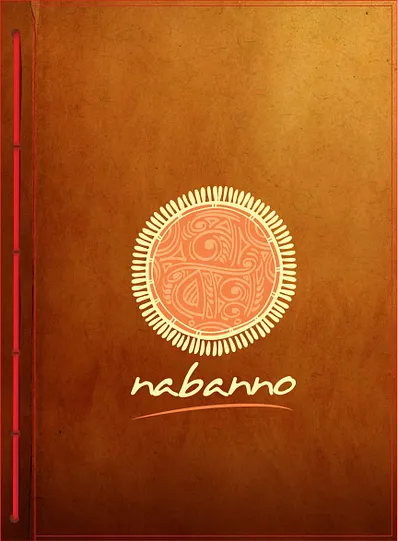

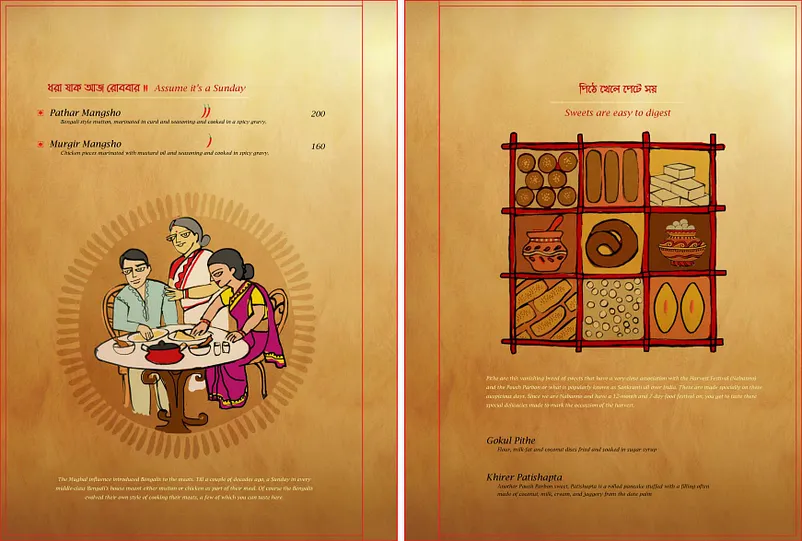

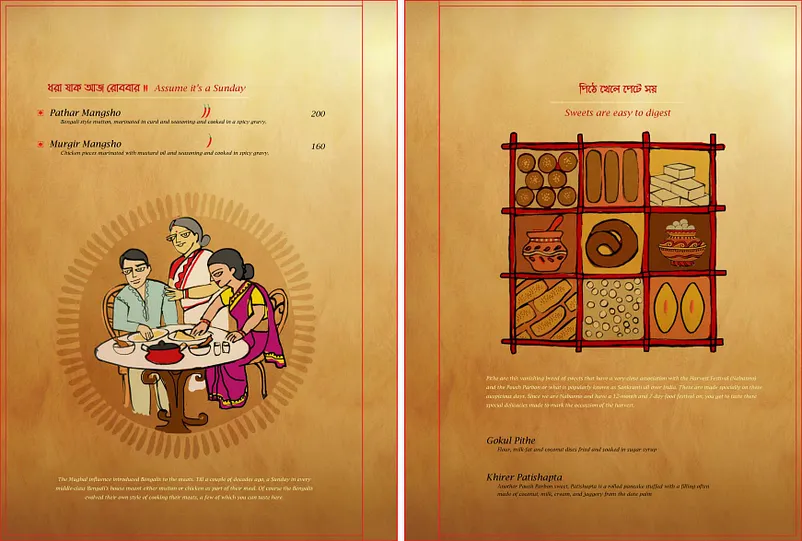

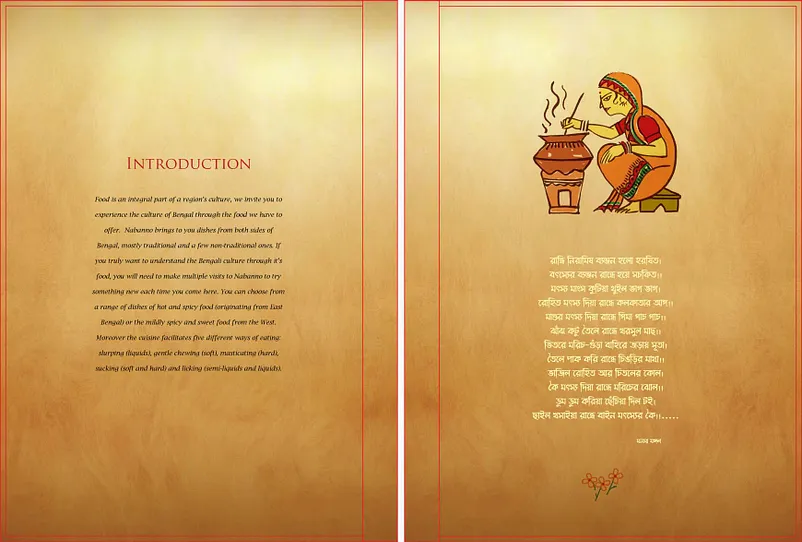










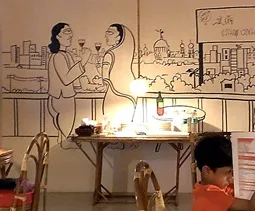





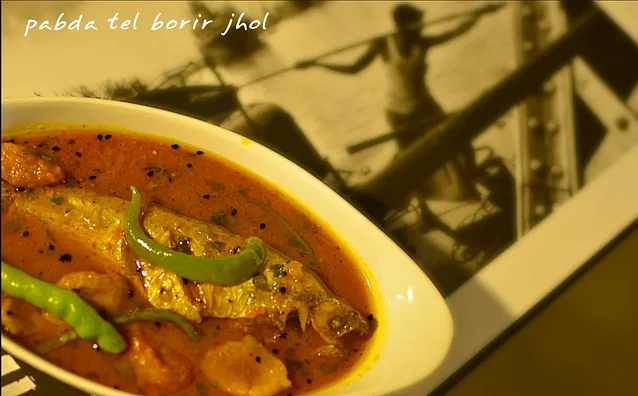






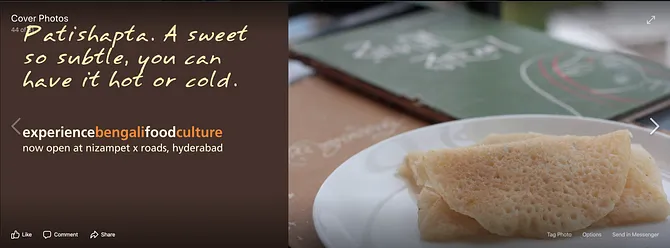













Comments